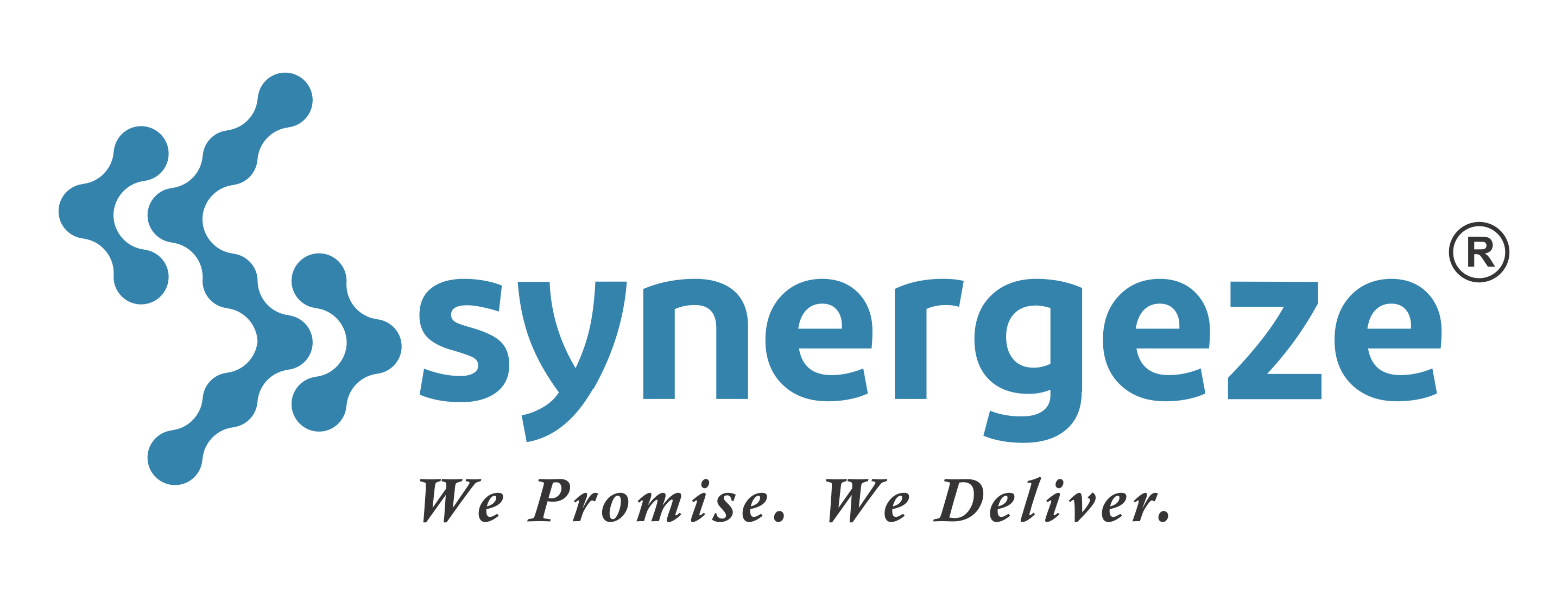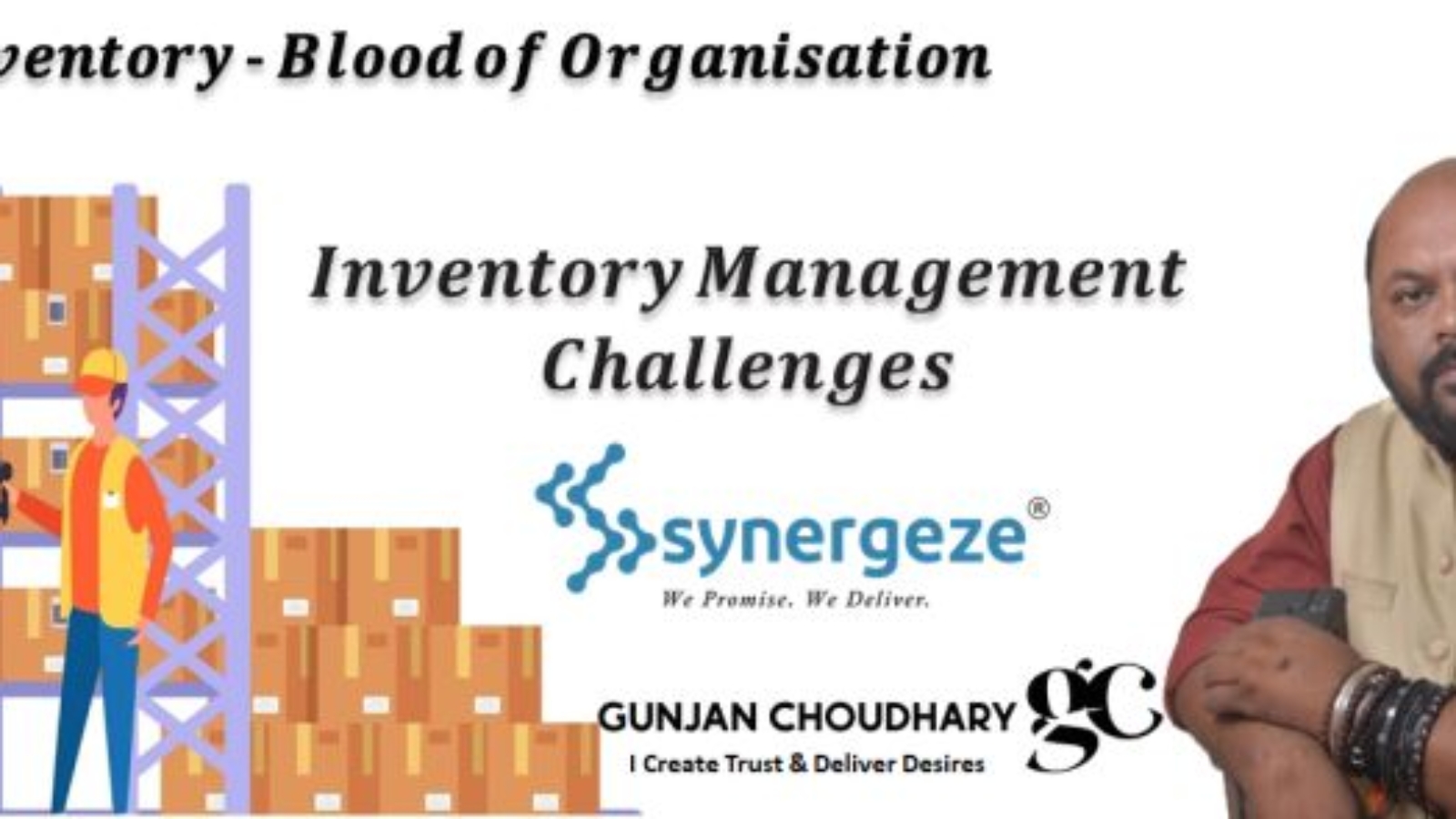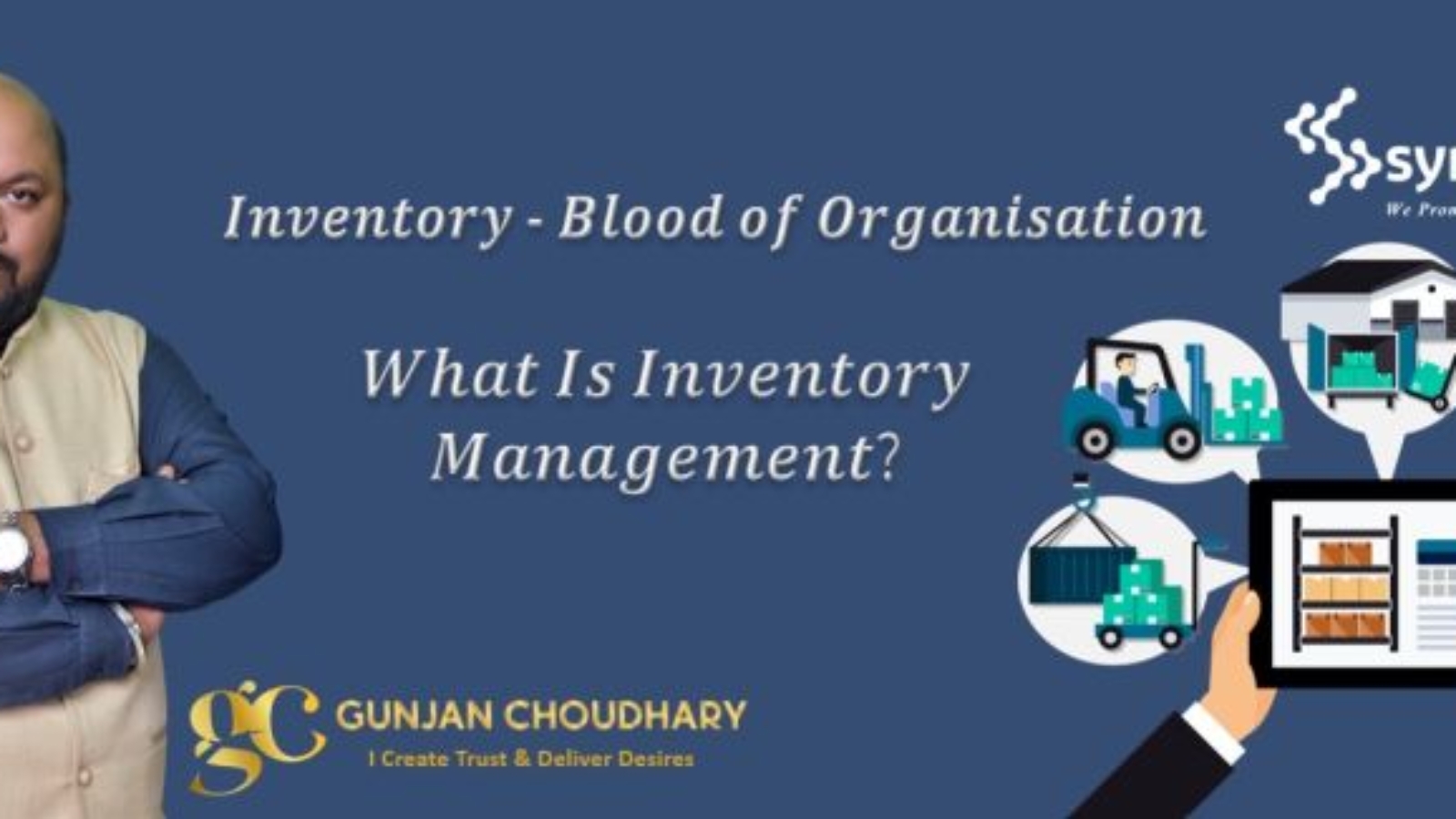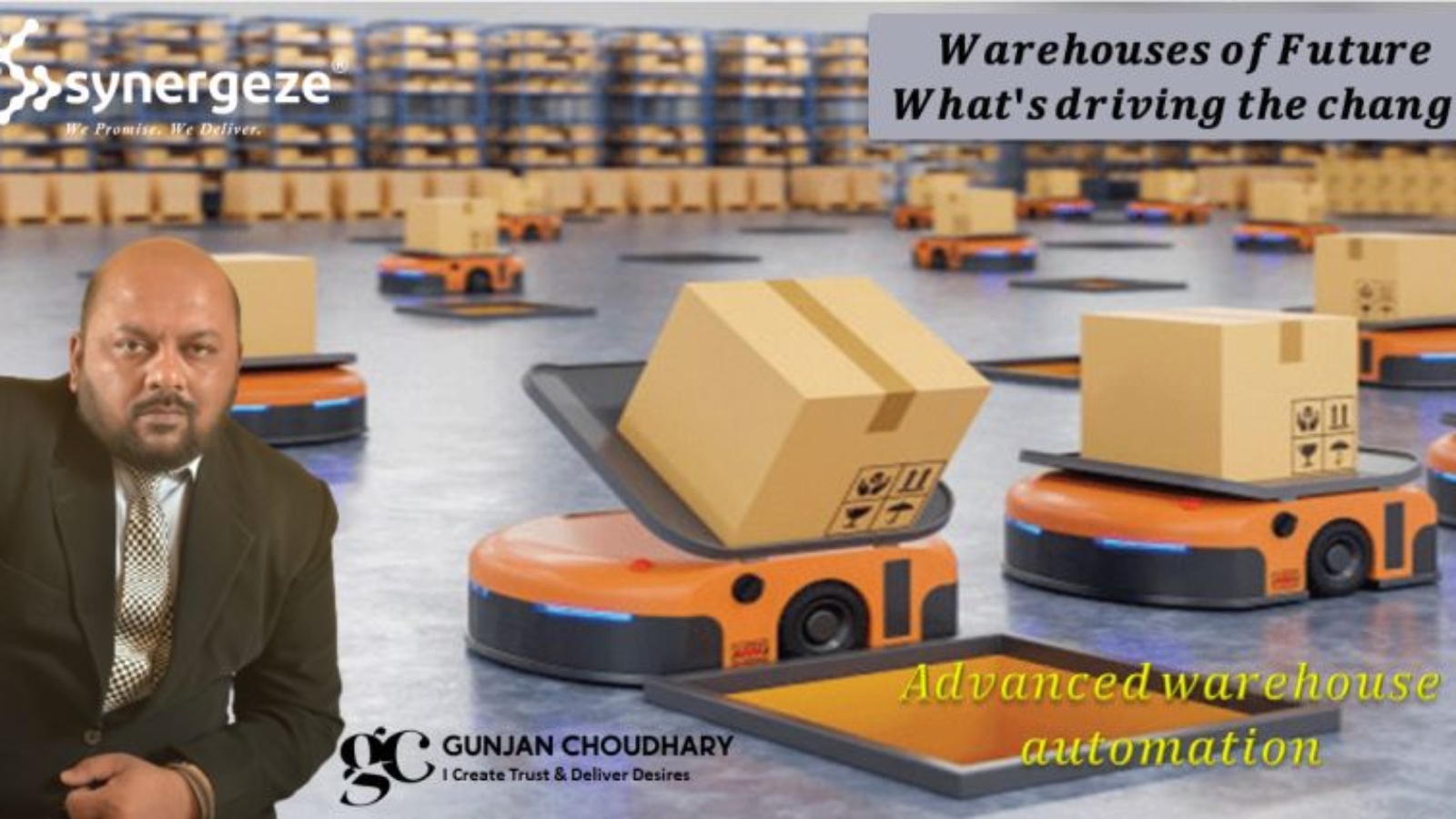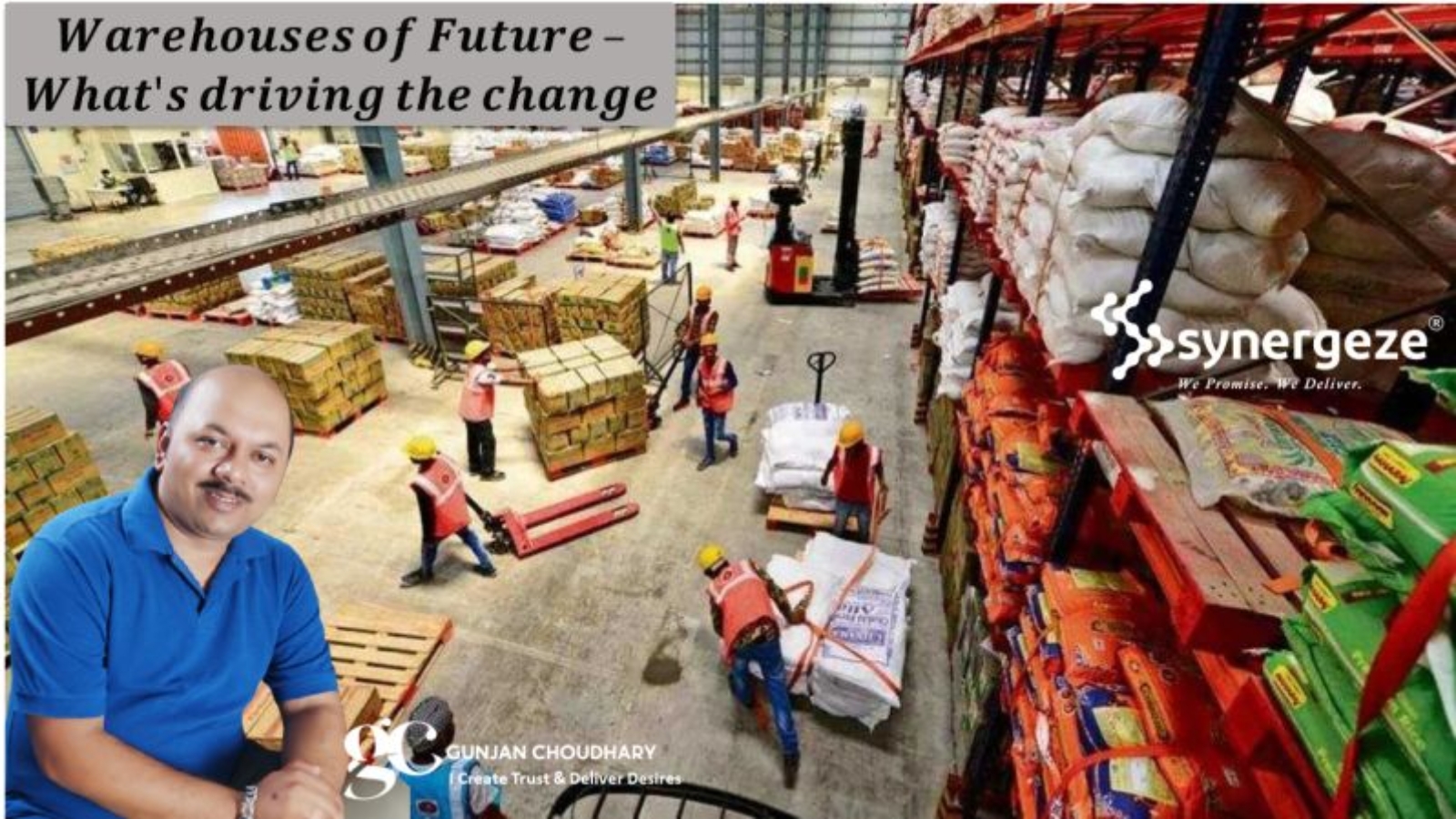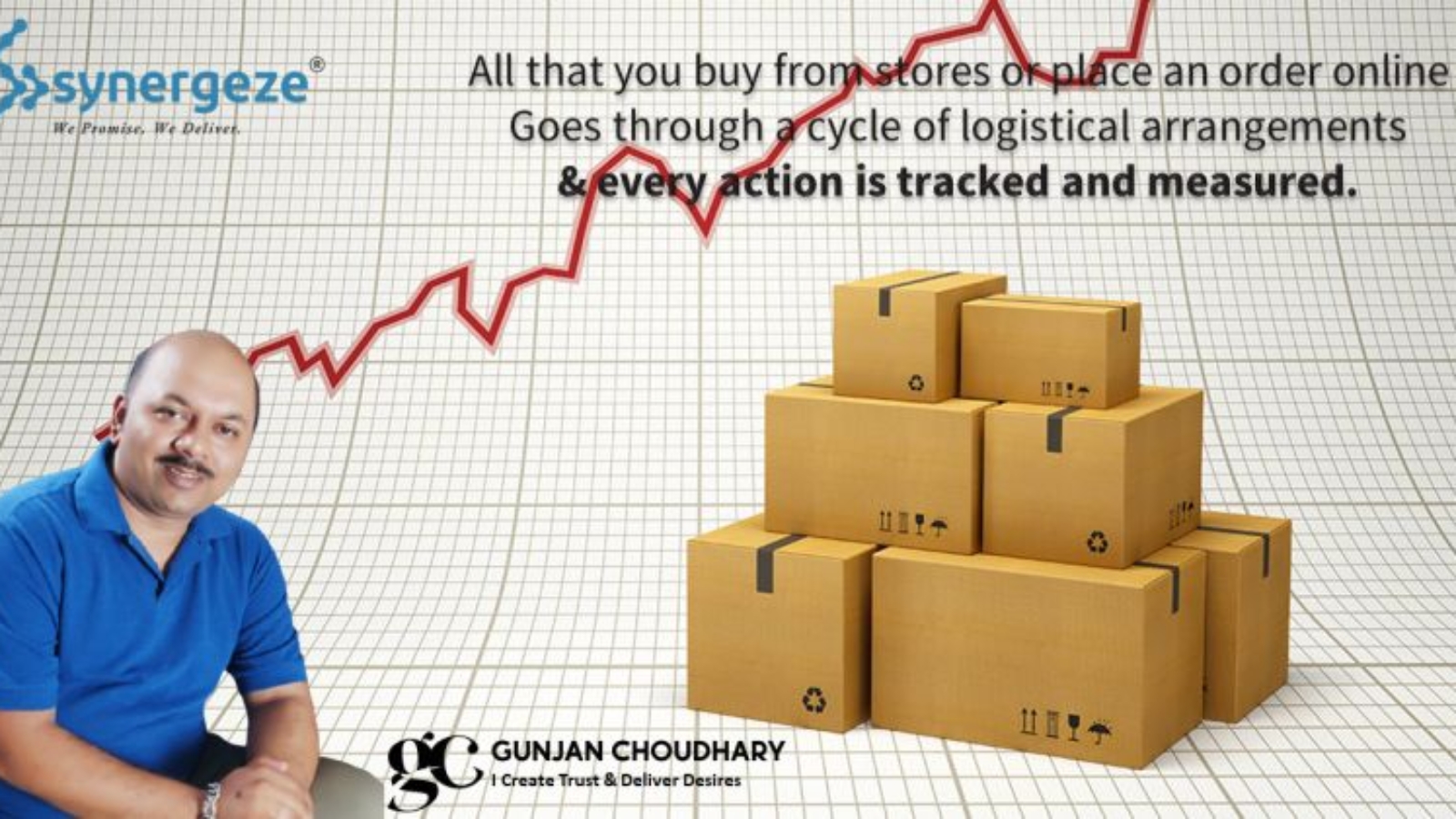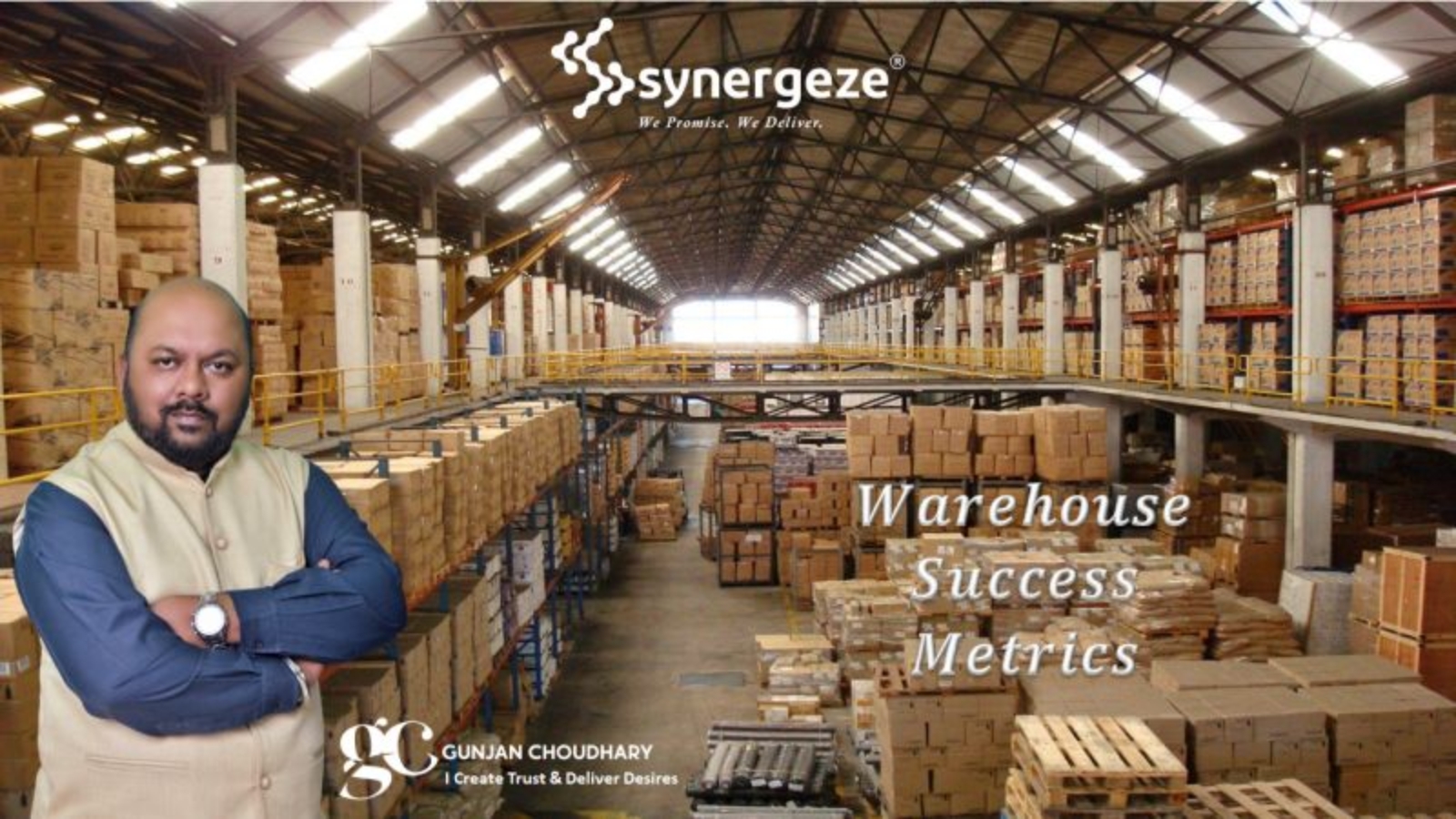𝑰𝒏𝒗𝒆𝒏𝒕𝒐𝒓𝒚 – 𝑩𝒍𝒐𝒐𝒅 𝒐𝒇 𝑶𝒓𝒈𝒂𝒏𝒊𝒔𝒂𝒕𝒊𝒐𝒏
We discussed about the blood and what is it, lets also look at what all challenges are faced in the blood to flow seamlessly.
𝑰𝒏𝒗𝒆𝒏𝒕𝒐𝒓𝒚 𝑴𝒂𝒏𝒂𝒈𝒆𝒎𝒆𝒏𝒕 𝑪𝒉𝒂𝒍𝒍𝒆𝒏𝒈𝒆𝒔
Any organisation faces some primary challenges in the inventory management and some of which are
~ having too much inventory & not being able to sell it,
~ not having enough inventory to fulfill orders,
~ not understanding what items you have in inventory
~ where actually is your inventory to be located when needed
There are other challenges as well:
~ Getting Accurate Stock Details: In absence of accurate stock details, there’s no way to know when to refill stock or which stock moves well.
~ Poor Processes: Outdated processes can make work error-prone and slow down operations.
~ Changing Customer Demand: Today’s world is facing the highest rate of change and customer needs are no different. Rather the pattern of this change is also tough to forecast. If the system can’t track trends, its just not possible to decide what to store and how much.
~ Using Warehouse Space Well: This is the most common challenge I have observed warehouses facing even today. How to optimally use every square inch of the warehouse is really something which either is not done due to lack of ability or will power because even today warehouses are not accorded their due respect in the overall manufacturing set up at many places
Tomorrow we shall talk about what is inventory and how many types of inventory are there. Till then you already know
The best coach in the game of inventory is named Synergeze Consultants Private Limited – we ensure that each SKU of yours is stored in the most efficient manner and tracked equally well for managing its inventory.
Till then do let me know in the comments section on your thoughts about the inventory.
